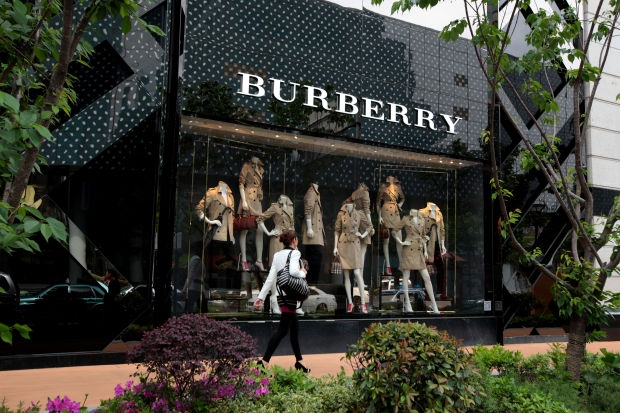For Luxury Brands, Low Tourism Means Low Profits

Since the terrorist attacks in Paris in November and in Brussels just last month, the decrease in tourism has also meant a slowing down of the European luxury market, which relies heavily on Chinese spending. With Chinese tourism in Europe down 24% in March, high-end designers are suffering financial losses.
Chinese tourists are one of the main consumer demographics of luxury items, accounting for “almost a third of the global luxury good market.” But for brands like Louis Vuitton that number rises to nearly 50%. Louis Vuitton recently released a statement saying they have seen a reduction of travelers “from the East,” referring Russia and Asia.
Image Credit: Louis Vuitton.
Louis Vuitton Moet-Hennessy (LVMH), the parent company of Louis Vuitton, did anticipate a hard year ahead and chose to discontinue its DKNY Jeans and DKNY C lines. However, according to LVMH finance director Jean-Jacques Guiony, “The discontinuation of these lines has had a significant impact on growth of the (fashion and leather) division in the first quarter.” He explained that if there had been no discontinuation, the leather and fashion division would have seen at least some growth.
Burberry has also been hurt by the reduction in Chinese tourism in Europe, with Chief Financial Officer Carol Fairweather citing it as the biggest factor contributing to their low profits. Globally Burberry's retail sales have decreased 7% in the last year. The upside is that, for the brand, "e-commerce grew in all 44 online countries, mostly on mobile.”
Prada, one of the leaders in fashion reported that it had made €330.9 million in 2015, its lowest profit in five years. Prada says a large portion of this is due to pricing differentials and lower foot traffic, leading to a 16% decline in sales. In response Prada is starting to lower prices in China, adjusting them to match the European prices.
Image Credit: Prada.
On the other hand, Versace is one of the only brands that saw growth in 2015. Retail sales rose by 28.9% and e-commerce sales by 31.2%. The Italian fashion house does not seem to have been affected by the reduction of tourists to Europe, and total revenue has increased 17.5%. Positive financial prospects became apparent last January when Anthony Vaccarello was brought on board as creative director of Versus Versace, which doubled its retail revenue last year. Vaccarello left Versace for Saint Laurent earlier this month.
To compete with the success of Versace, other luxury brands are scrambling for solutions. Prada is planning on improving and growing its in-house e-commerce infrastructure and, along with Burberry, plans on utilizing the "see-now, buy-now" structure for future runway shows. For now, when foot traffic is down, the way forward seems to rest in the digital sphere, where brands must seriously enhance their e-commerce presence.









